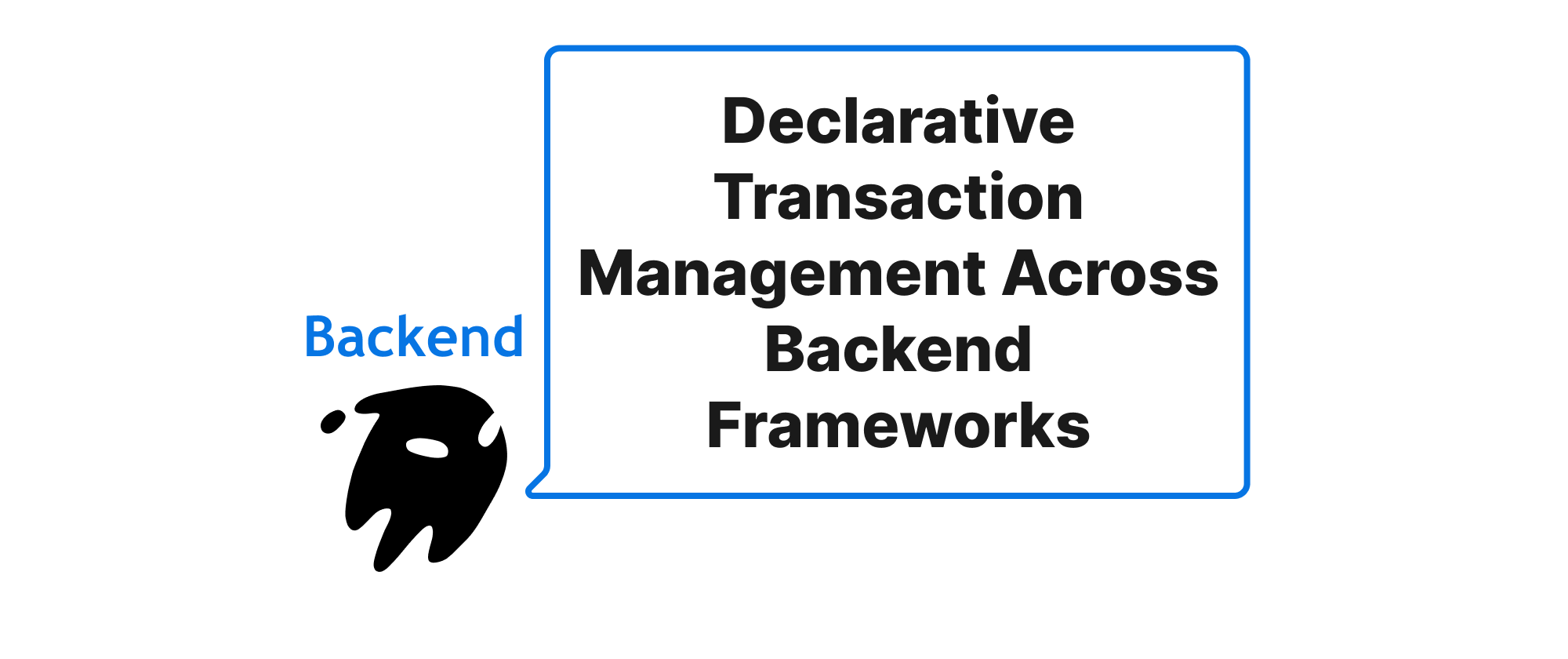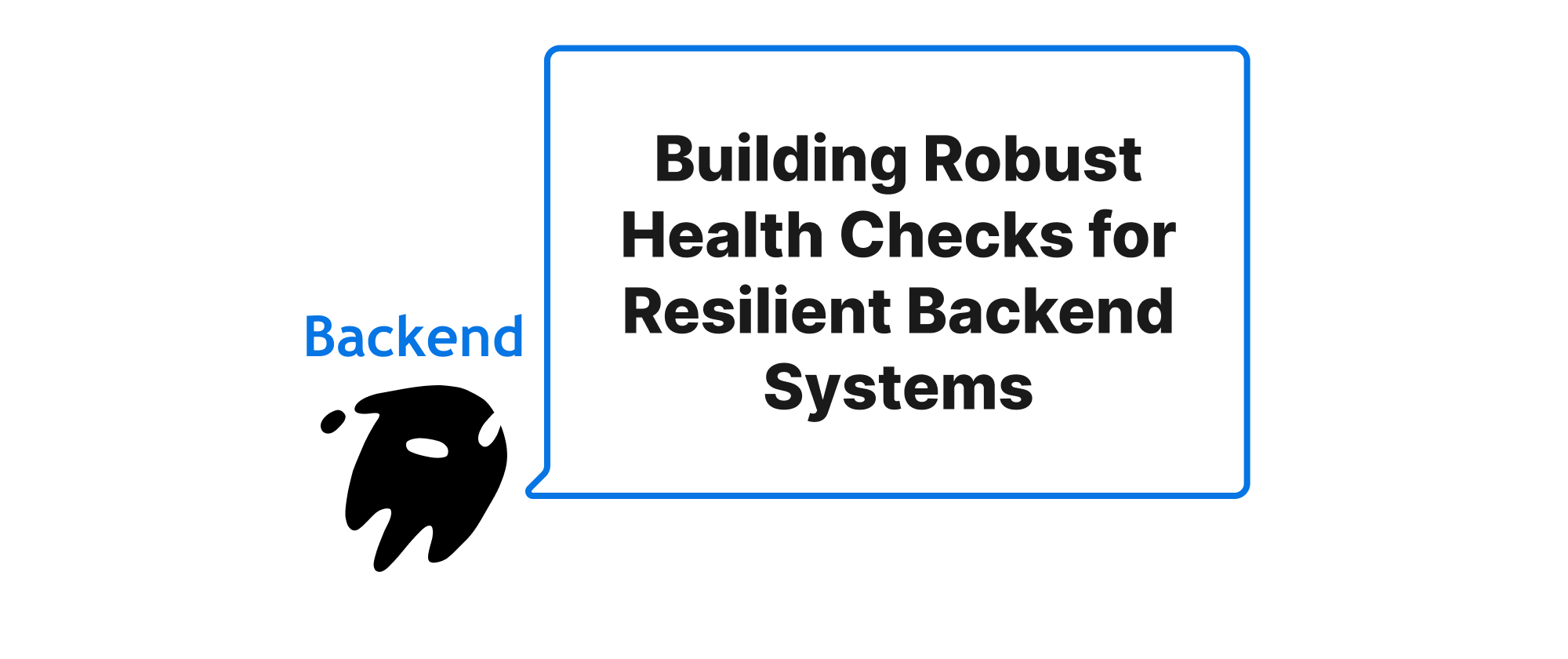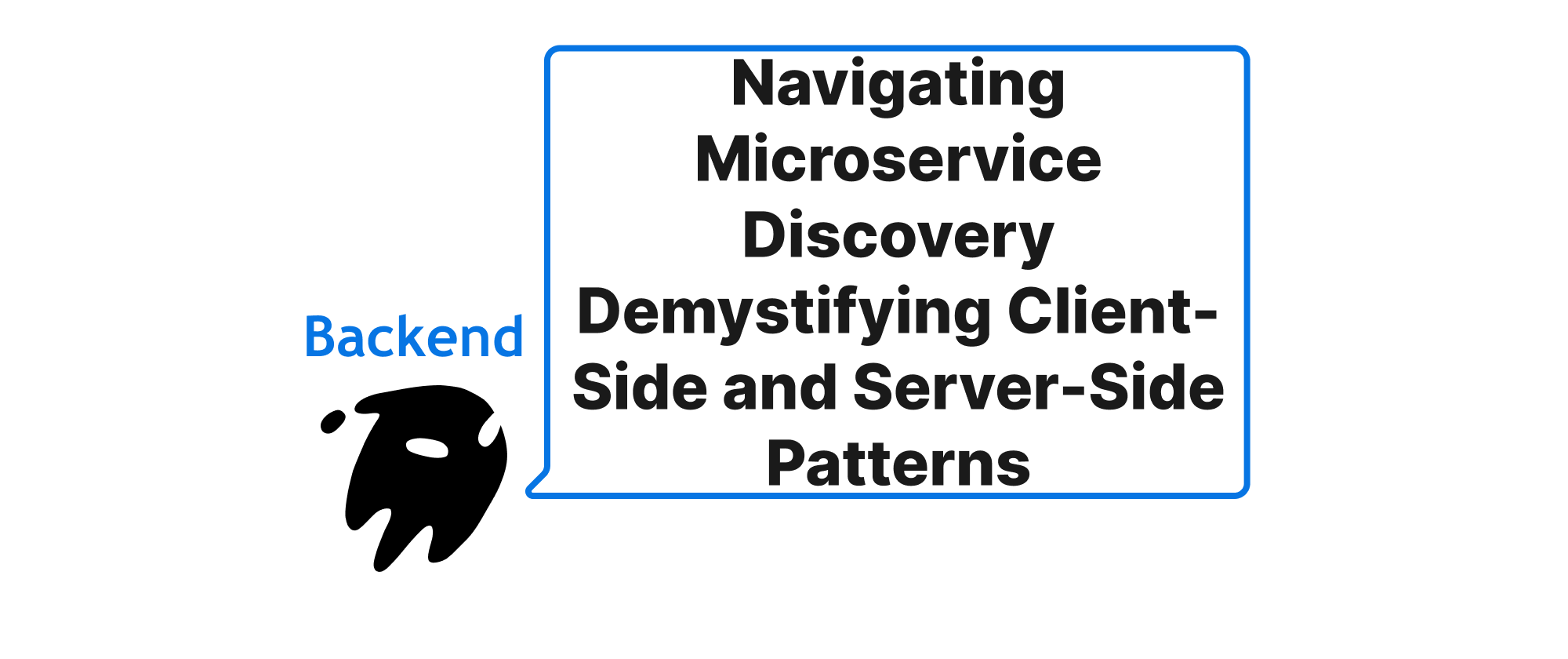Declarative Transaction Management Across Backend Frameworks
Min-jun Kim
Dev Intern · Leapcell

Introduction
In the complex world of backend development, ensuring data consistency and reliability is paramount. Imagine a banking application where a transfer of funds involves debiting one account and crediting another. If the system fails after debiting but before crediting, the entire transaction must be rolled back to prevent data corruption and financial loss. This is where transactions come into play, providing an "all or nothing" guarantee for a series of operations. Managing these transactions manually can be tedious and error-prone, scattering transaction-related boilerplate code throughout the business logic. To address this, modern backend frameworks offer declarative transaction management, allowing developers to define transactional boundaries with simple annotations or configurations, abstracting away the underlying complexities. This article delves into how three prominent backend frameworks – Spring, ASP.NET Core, and the venerable EJB – approach and implement declarative transaction management, shedding light on their similarities and differences.
Core Concepts
Before diving into the specifics of each framework, let's briefly define some core concepts essential to understanding declarative transaction management:
- Transaction: A single logical unit of work that either completes entirely (commits) or has no effect at all (rolls back). It adheres to ACID properties: Atomicity, Consistency, Isolation, Durability.
- Declarative Transaction Management: A programming paradigm where transaction boundaries are defined external to the business logic, often via annotations or XML configuration, rather than through explicit programmatic calls.
- Aspect-Oriented Programming (AOP): A programming paradigm that aims to increase modularity by allowing the separation of cross-cutting concerns (like transaction management, logging, security) from the core business logic. Many declarative transaction implementations leverage AOP.
- Proxy Pattern: A structural design pattern that provides an interface to something else, often to control access to the real object or to add extra functionality (like transaction management) before or after calling the real object's methods.
- Transaction Manager/Coordinator: A component responsible for orchestrating transactions, including starting, committing, and rolling back operations involving one or more resources.
- Transaction Attributes/Settings: Configuration options that dictate how a transaction behaves, such as propagation behavior (e.g.,
REQUIRED,REQUIRES_NEW), isolation level (e.g.,READ_COMMITTED,SERIALIZABLE), and rollback rules.
Declarative Transaction Management Implementations
Spring Framework with @Transactional
Spring's approach to declarative transaction management is arguably one of the most widely adopted and influential. It leverages AOP, primarily through proxies, to intercept method calls and apply transactional behavior.
Principle and Implementation:
Spring's @Transactional annotation can be placed on classes or methods. When a method annotated with @Transactional is invoked on a Spring-managed bean, Spring creates a proxy around that bean. Before the method execution, the proxy initiates a transaction; after execution, it either commits or rolls back the transaction based on the outcome (e.g., unhandled exceptions typically trigger a rollback).
Spring supports various transaction managers, allowing integration with different transaction technologies like JDBC, JPA, JMS, and JTA (Java Transaction API). The PlatformTransactionManager interface is the core abstraction, enabling Spring to work with any underlying transaction technology.
Code Example (Java/Spring Boot):
import org.springframework.stereotype.Service; import org.springframework.transaction.annotation.Transactional; import org.springframework.beans.factory.annotation.Autowired; @Service public class AccountService { @Autowired private AccountRepository accountRepository; @Transactional // Marks this method as transactional public void transferFunds(Long fromAccountId, Long toAccountId, double amount) { Account fromAccount = accountRepository.findById(fromAccountId) .orElseThrow(() -> new RuntimeException("Sender account not found")); Account toAccount = accountRepository.findById(toAccountId) .orElseThrow(() -> new RuntimeException("Receiver account not found")); if (fromAccount.getBalance() < amount) { throw new RuntimeException("Insufficient funds"); } fromAccount.setBalance(fromAccount.getBalance() - amount); toAccount.setBalance(toAccount.getBalance() + amount); accountRepository.save(fromAccount); // Simulate a failure after debiting but before crediting // if (true) throw new RuntimeException("Simulated error"); accountRepository.save(toAccount); } // You can customize transaction attributes @Transactional(readOnly = true, isolation = Isolation.READ_COMMITTED) public Account getAccountDetails(Long accountId) { return accountRepository.findById(accountId) .orElse(null); } }
In this example, if any error occurs within the transferFunds method (including the simulated error), the entire operation will be rolled back, ensuring both accountRepository.save calls are undone.
Application Scenarios:
Spring's @Transactional is ideal for most applications requiring robust data consistency across various data sources. It is widely used in microservices, monolithic applications, and any system using relational databases, message queues, or other transactional resources.
ASP.NET Core Transaction Management
ASP.NET Core, particularly with tools like Entity Framework Core (EF Core), provides flexible ways to manage transactions. While there isn't a direct [Transactional] attribute that mirrors Spring's simplicity across any resource, System.Transactions and EF Core offer powerful declarative and programmatic options. The common approach to declarative transaction-like behavior often relies on EF Core's unit of work capabilities or TransactionScope.
Principle and Implementation:
When using EF Core, each DbContext instance implicitly acts as a unit of work. Changes tracked by the DbContext are committed together when _dbContext.SaveChanges() is called. If an error occurs before SaveChanges(), the changes are not persisted. For multi-operation, cross-service, or distributed transactions, System.Transactions.TransactionScope is the traditional .NET way.
TransactionScope creates an ambient transaction context. Any IDbConnection (or other transactional resource) opened within that scope will automatically enlist in the ambient transaction. If scope.Complete() is called, the transaction commits; otherwise, it rolls back when the scope is disposed. While not a direct attribute for methods, its using block structure makes it "declarative" by context.
Code Example (C#/ASP.NET Core):
using System.Transactions; // For TransactionScope using Microsoft.EntityFrameworkCore; using YourProject.Data; // Assuming your DbContext is here using YourProject.Models; public class AccountService { private readonly ApplicationDbContext _dbContext; public AccountService(ApplicationDbContext dbContext) { _dbContext = dbContext; } public void TransferFunds(long fromAccountId, long toAccountId, decimal amount) { // Using TransactionScope for cross-operation consistency using (var scope = new TransactionScope(TransactionScopeAsyncFlowOption.Enabled)) { var fromAccount = _dbContext.Accounts.Find(fromAccountId); var toAccount = _dbContext.Accounts.Find(toAccountId); if (fromAccount == null || toAccount == null) { throw new InvalidOperationException("One or both accounts not found."); } if (fromAccount.Balance < amount) { throw new InvalidOperationException("Insufficient funds."); } fromAccount.Balance -= amount; toAccount.Balance += amount; _dbContext.SaveChanges(); // Changes for both accounts committed together. // Simulate an error after the first save, still within the transaction scope // if (true) throw new Exception("Simulated service error"); // If a distributed transaction or another resource is involved, // it would automatically enlist if it supports System.Transactions. scope.Complete(); // Commit the transaction } // If scope.Complete() is not called, the transaction rolls back implicitly } // EF Core's SaveChanges is a unit of work. // For single-database operations like this, SaveChanges() typically suffices. public Account GetAccountDetails(long accountId) { return _dbContext.Accounts.Find(accountId); } }
While TransactionScope provides declarative-like boundaries, it's more about "scoping" operations rather than an attribute on methods. For EF Core, _dbContext.Database.BeginTransaction() and _dbContext.Database.CommitTransaction() offer more fine-grained control and explicitly programmatic transaction management.
Application Scenarios:
TransactionScope is excellent for ensuring atomicity across multiple operations on the same or different transactional resources (e.g., multiple databases, message queues) within the same process. EF Core's SaveChanges() is suitable for single-database operations. ASP.NET Core applications heavily leveraging EF Core or requiring distributed transaction capabilities can benefit from these approaches.
EJB (Enterprise JavaBeans) Transaction Management
EJB, the foundational component model for the Java EE platform, has long provided robust declarative transaction management through annotations or deployment descriptors. It was one of the pioneers in this space.
Principle and Implementation:
EJB containers manage transactions for EJB components (like Session Beans). Just like Spring, EJB uses proxies (or interceptors) to wrap business methods. When a client invokes a method on an EJB component, the container intercepts the call. Based on the transaction attributes declared for that method (or the class), the container starts a new transaction, joins an existing one, or executes without a transaction.
EJB supports two types of transaction management:
- Container-Managed Transactions (CMT): The EJB container manages the transaction lifecycle. This is the declarative approach using annotations like
@TransactionAttribute. - Bean-Managed Transactions (BMT): The EJB bean itself programmatically controls the transaction lifecycle using the JTA API (
UserTransaction).
For declarative transaction management, CMT is used.
Code Example (Java EE/EJB):
import javax.ejb.Stateless; import javax.ejb.TransactionAttribute; import javax.ejb.TransactionAttributeType; import javax.persistence.EntityManager; import javax.persistence.PersistenceContext; @Stateless // Denotes this as an EJB Session Bean public class AccountServiceEJB { @PersistenceContext // Injects an EntityManager from the container private EntityManager entityManager; @TransactionAttribute(TransactionAttributeType.REQUIRED) // Container-Managed Transaction public void transferFunds(Long fromAccountId, Long toAccountId, double amount) { Account fromAccount = entityManager.find(Account.class, fromAccountId); Account toAccount = entityManager.find(Account.class, toAccountId); if (fromAccount == null || toAccount == null) { throw new RuntimeException("One or both accounts not found."); } if (fromAccount.getBalance() < amount) { throw new RuntimeException("Insufficient funds."); } fromAccount.setBalance(fromAccount.getBalance() - amount); toAccount.setBalance(toAccount.getBalance() + amount); // Changes are automatically tracked by EntityManager and committed by the container // if (true) throw new RuntimeException("Simulated EJB error"); } @TransactionAttribute(TransactionAttributeType.SUPPORTS) // Use existing transaction if present, otherwise no transaction public Account getAccountDetails(Long accountId) { return entityManager.find(Account.class, accountId); } }
In the EJB example, the @TransactionAttribute(TransactionAttributeType.REQUIRED) annotation tells the container to ensure that the transferFunds method executes within a transaction. If a transaction is already active, it participates; otherwise, the container starts a new one. If an unchecked exception occurs, the transaction is marked for rollback.
Application Scenarios:
EJB's CMT is suited for enterprise-grade applications built on Java EE application servers (like WildFly, GlassFish, WebLogic, WebSphere) that heavily rely on the EJB component model for business logic and benefit from the rich services provided by the application server, including distributed transaction management (JTA).
Comparison and Conclusion
All three frameworks aim to simplify transaction management by allowing developers to declare transactional behavior rather than program it explicitly.
- Spring (
@Transactional) offers the most flexible and widely adopted annotation-driven approach, leveraging AOP to apply transactional proxies. ItsPlatformTransactionManagerabstraction makes it highly adaptable to various transaction technologies and environments, making it a go-to choice for modern Java applications. - ASP.NET Core (with
TransactionScopeand EF Core) provides powerful mechanisms but is slightly less unified in its "declarative" attribute-based approach compared to Spring or EJB for generalized transaction management.TransactionScopeis excellent for encompassing broader scopes, while EF Core provides implicit unit-of-work semantics for database operations. - EJB (
@TransactionAttribute), a veteran in the field, provides robust container-managed transaction (CMT) support as part of a comprehensive enterprise platform. It was a pioneering solution for declarative transaction management and remains a strong choice for traditional Java EE applications.
While they differ in syntax and underlying mechanisms (AOP proxies vs. TransactionScope vs. EJB container interception), the ultimate goal is the same: to ensure data integrity and atomicity with minimal developer effort. Choosing the right approach depends on your technology stack, architectural requirements, and the specific needs of your application, but each framework skillfully offers the power of robust, declarative transaction management.


